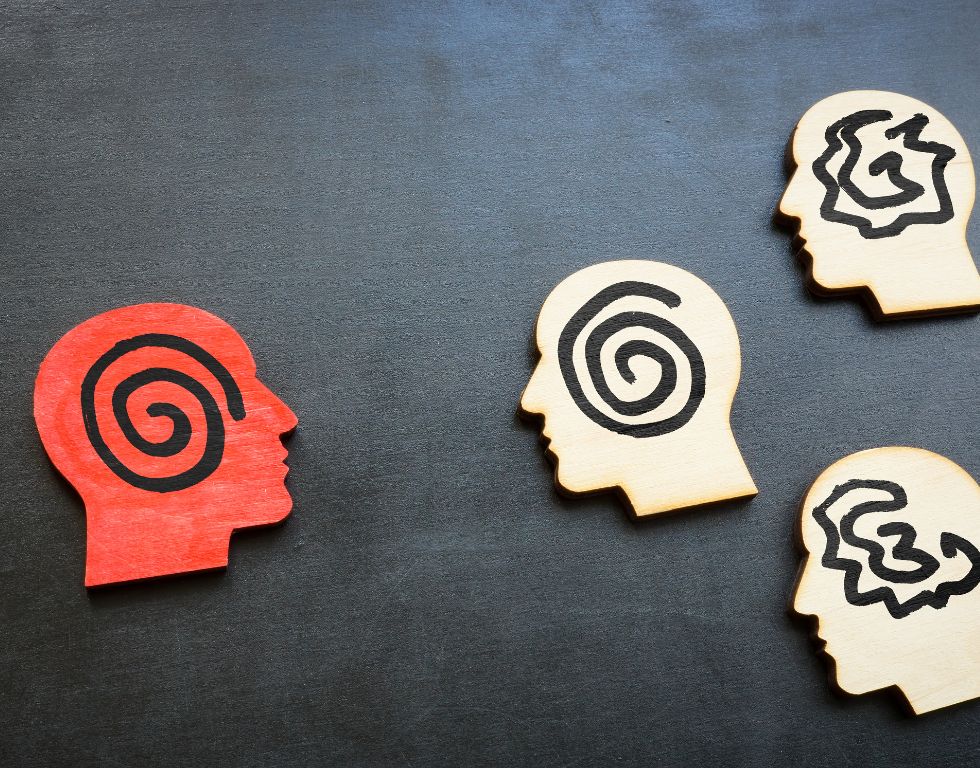Recognize the complex triggers of your migraine
Migraine is a complex neurological disorder. It rarely arises from a single trigger; it's often an interplay of multiple levels. On this page, you'll find insights into various factors that can contribute to migraines—from external stimuli like weather or light to internal patterns. Our approach invites you to better understand the language of your migraine—and find new ways to address it.


The Influence of Weather Changes on Migraines
Many people with migraines report that changes in the weather intensify or even trigger their attacks. Sudden changes in air pressure, drops in temperature, or humid thunderstorms affect the autonomic nervous system—especially if it is already sensitive or dysregulated. In our holistic approach, we don't view these reactions as mere "bad luck with the weather," but rather as an indication of how sensitively your system reacts to external changes—and how important inner stability can be for lasting relief.
Connection Between Hormones and Migraines
Many women experience migraines more frequently during times of hormonal changes—for example, around menstruation, during pregnancy, or during menopause. Fluctuations in estrogen levels, in particular, can make the nervous system more sensitive. Our approach considers these phases not only biologically, but also energetically and emotionally: as times of change that require stability. Through a conscious diet, a regulated lifestyle, and, if necessary, medical support, you can learn to see your cycle not as an enemy, but as a guide.


Effects of Sensory Stimuli on Migraine
For many people with migraines, bright lights, loud noises, or intense smells are more than just unpleasant—they can be real triggers. This hypersensitivity shows how sensitively your system reacts to stimuli. Sunglasses, soft lighting, or quiet spots in your daily routine can help prevent sensory overload. Conscious use of fragrances—for example, by avoiding perfumes or chemical cleaners—can also provide relief. The goal is to reduce stimuli so that your nervous system can actually relax again.
Multi-layered triggers, deeper understanding
Migraines are a complex process. They rarely arise from a single trigger; it's usually an interplay of different levels. Possible influencing factors include emotional and traumatic experiences, chronic stress, a dysregulated lifestyle, hormonal changes, persistent body tension with neck or jaw tension, structural imbalances in the musculoskeletal system, lack of exercise, sensory stimuli, changes in the weather—as well as diet, microbiome, or medication use.
Not every aspect is covered in detail on this page, but they all demonstrate how complex migraines can be. Our multidimensional approach invites you to understand your migraines holistically—physically, emotionally, energetically, and beyond. This creates space for real change.

